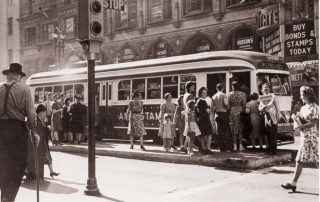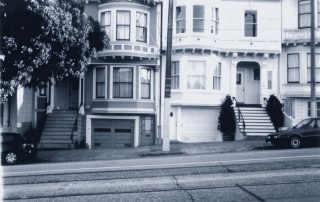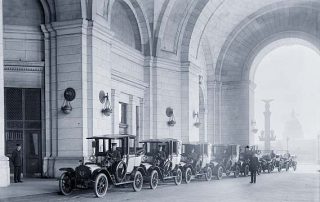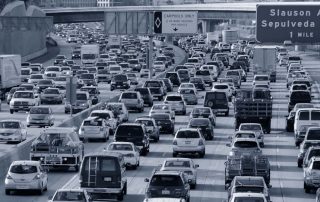ACCESS 51, Spring 2017
Introduction
Donald Shoup
ACCESS goes digital.
After publishing paper copies since its founding in 1992, and also publishing online since 1998, ACCESS will become entirely digital starting with this issue. Changes in readership have led to this change in format. During the past year, ACCESS had 191,000 page views from 122,000 readers in 70 countries, so we are eliminating the cost of paper and following our readers to where we now find them.







